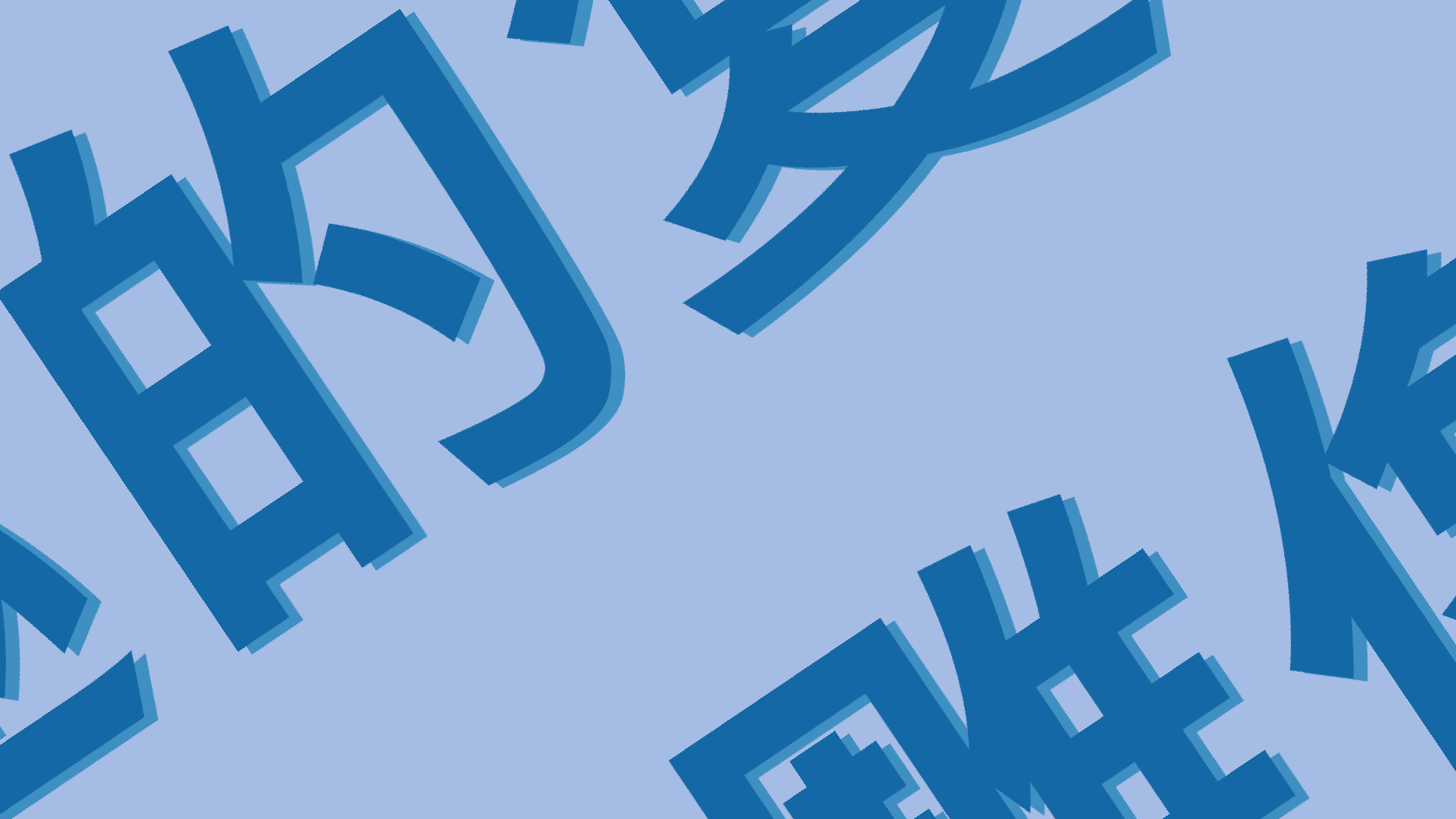Brief Introduction
Everyone knows what the statues of Easter Island look like, but very few people around have actually been there, and hardly anyone knows the stories behind the statues.
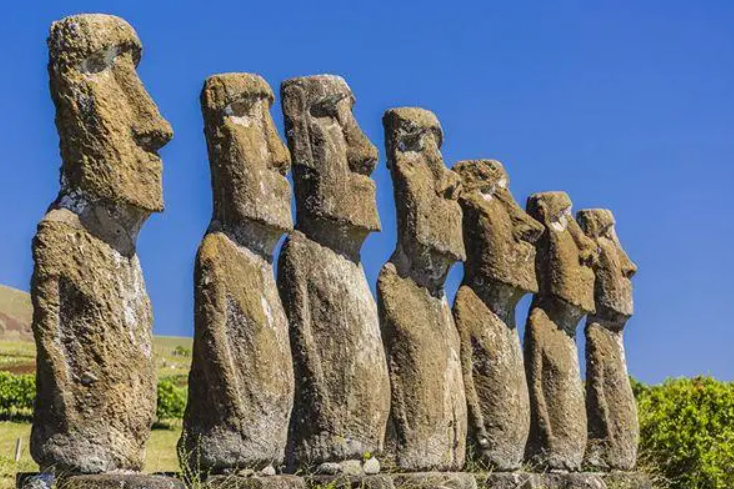
The latest episode by YouTuber Lao Gao talks about these statues, and I went to search for other related information. I feel that this topic is indeed interesting and worth chatting about during leisure time. What was once a mysterious thing suddenly became reasonable, not as mysterious as previously imagined.
Easter Island is currently an offshore island belonging to Chile, located 3,700 kilometers away from Chile. Moreover, there are no inhabited islands around Easter Island, and the nearest inhabited island is 2,000 kilometers away.
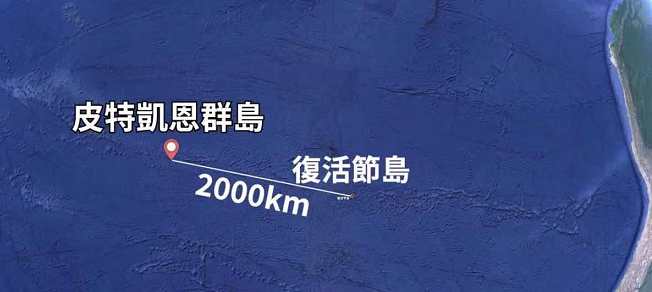
Easter Island is triangular in shape, and the reason for its triangular formation is the same as the reason for the formation of the island itself. The island is made up of lava from three volcanic eruptions, so the entire island is composed of volcanic rock. The positions of the three volcanoes happen to form an isosceles triangle.
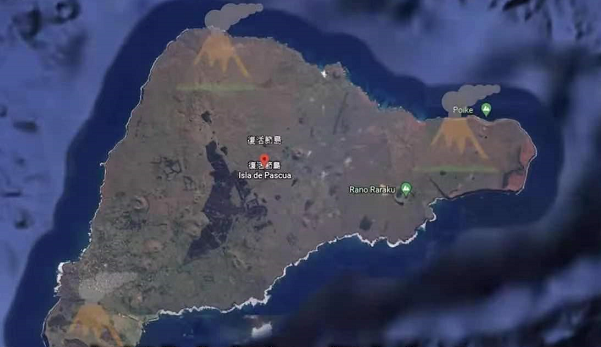
Currently, there are 6,000 residents on the island, but they are not descendants who have continued since ancient times; they all moved in from outside and are not the creators of the island's statues.
Currently, there are 6,000 residents on the island, but these people are not descendants who have been reproducing since ancient times; they all moved in from outside and are not the creators of the island's statues. The residents living on the island now mainly rely on tourism for their livelihood.
The island was first discovered in 1722 when a fleet led by Dutch Admiral Jakob Roggeven landed on Easter Island. The visit by the Dutch quickly turned into a conflict, and under pressure, they soon withdrew from the island. It wasn't until 50 years later that others landed on Easter Island again, this time it was the Spaniards. After landing and raising their national flag, claiming it as their territory, they quickly left and did not return. Who would want to stay in such a desolate place?
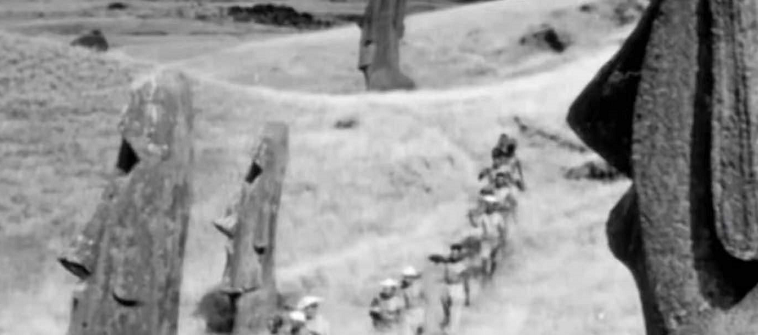
Starting in the 18th century, there was a large-scale slave trade worldwide, and the indigenous people of Easter Island were also raided by Americans who landed there, capturing them as slaves to sell. It is said that for the next 60 years, people continued to land on the island to capture indigenous people for sale, but due to the island's isolated geographical location, the residents were unable to adapt to other places, and their immune and digestive systems may have been the main issues.
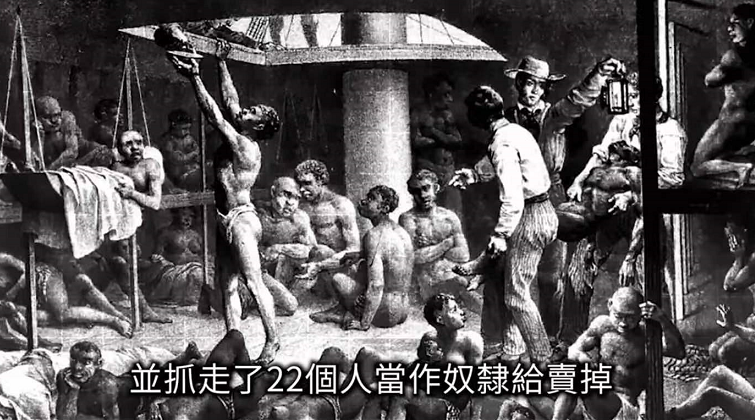
Due to inhumane methods, some governments eventually repatriated the captured islanders. It sounds like a good ending, but because the islanders had long been without resistance to viruses, the repatriated islanders brought the smallpox virus back to the island. Given the circumstances of that era, smallpox was the deadliest virus in the world, and thus the entire Easter Island became a disaster area, with 90% of the indigenous population dying.
The few remaining people were sent to Tahiti as laborers because their language was similar to that of Tahiti, and for a long time afterward, the island was uninhabited.
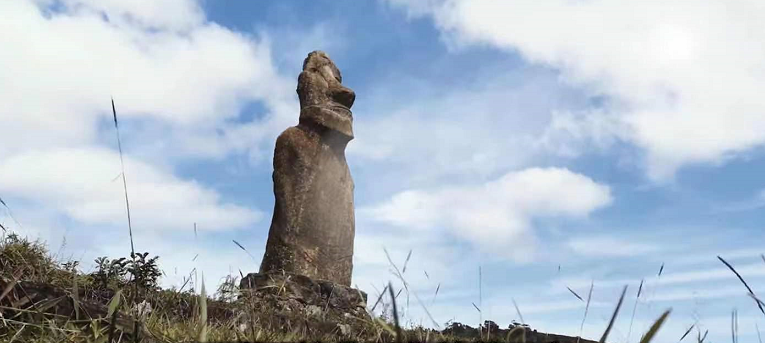
Looking back now, it’s not surprising that the entire island has gone through several human extinction events, and for a long time, the island was left with only statues and no people. If these statues weren't so amusing, they would indeed seem a bit frightening.
The Mystery of the Statues
Each statue on the island has a friendly appearance. When we were in high school, we joked that there was an NBA player named Genda who looked like the statues of Easter Island.

There were many mysteries on the island, and the origin of the statues is one of the most perplexing. First of all, each statue is very heavy, and there are no metals or tools on the island, nor is there clay, so how were these statues made? It’s actually quite simple; they were carved out of stone by hand. This is not easy at all because the entire island is made of volcanic rock, and the hardness of the rock is quite uniform. Carving such a large statue from materials of the same hardness is indeed no small feat.
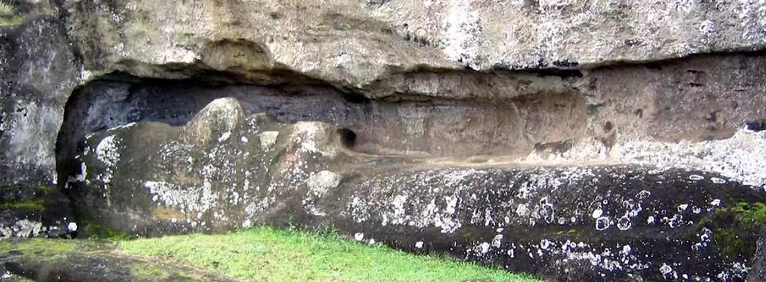
From the pictures, we can see data that may support this argument; the statues were not carved upright but were directly chiseled out of the mountains. This raises another question: how were these massive statues, weighing dozens or even hundreds of tons, transported at that time? Even standing them up is not easy.
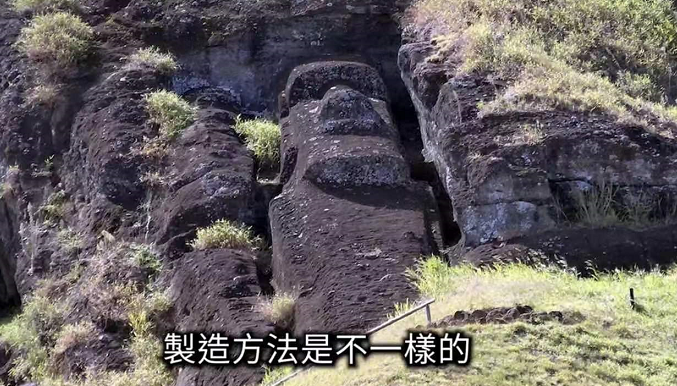
Initially, it was thought that the statues were placed on the ground, but later it was discovered that some statues were actually buried underground, not just the heads as they appeared.
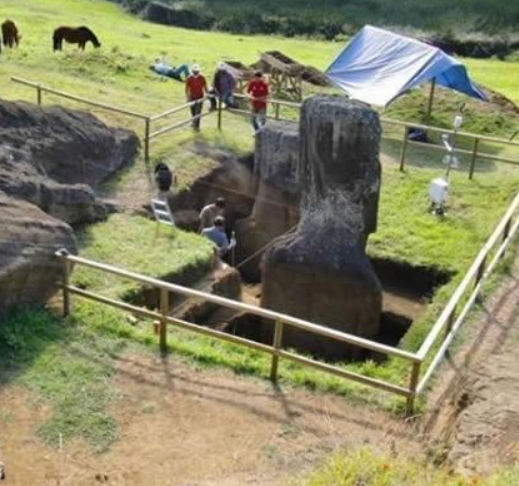
Later, archaeologists attempted to decipher the transportation process of the statues, including the famous "walking" method using ropes. Archaeologists tied three ropes to the head of the statue and, by rhythmically pulling the statue and constantly adjusting its center of gravity, they could make the statue "walk."
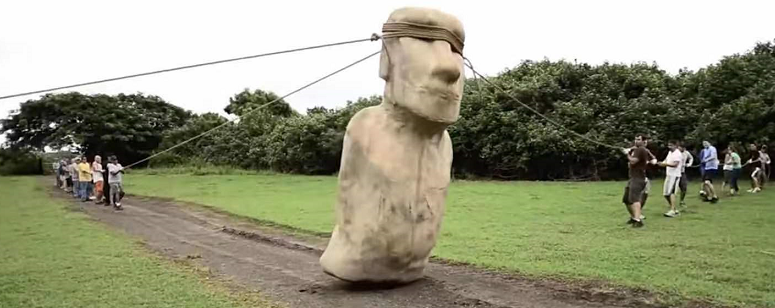
However, the model statue only weighs 5 tons, while the real statues on the island are several times taller and can weigh ten times more. If this model requires 30 people to move it, how many people would be needed to move the real statues?
On the island, there is also an unfinished half-carved statue estimated to be the heaviest of all, weighing around 300 tons. If it couldn't be transported, the indigenous people wouldn't have dared to carve it like that.
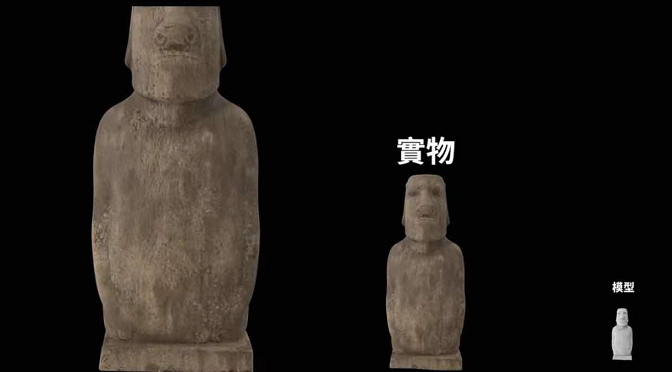
Later, archaeologists discovered that some areas of the island had a large number of tree roots and bird droppings. Currently, there are very few trees on the island, which suggests that this area may have once served as a habitat for migratory birds. If there had been a large number of trees, it wouldn't be surprising to have cut them down for transportation. Moreover, this method of transportation may have caused devastating damage to the island during a certain period.
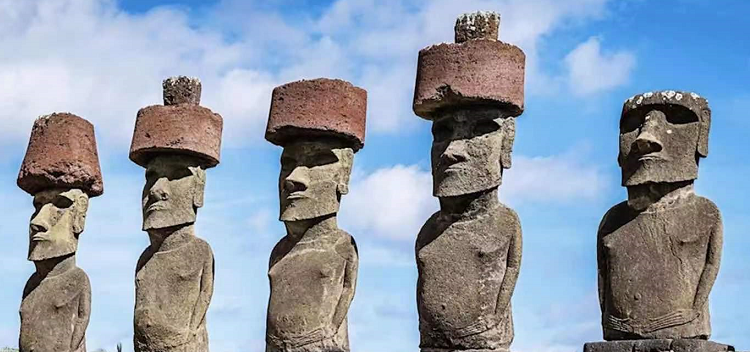
Through archaeological research, it is believed that the original inhabitants of the island were divided into several different factions based on tribes. To showcase their ability to create statues, they competed with each other, leading to rampant deforestation, which resulted in the complete depletion of trees. After the migratory birds lost their habitat, the land became barren without fertilizer, creating a vicious cycle that rendered the island's farmland inactive, ultimately leading to the starvation of the islanders.
We Are Not Giant Blind People
Most of the statues known as Moai do not have eyes, but later archaeologists discovered that they actually did have eyes. Generally, the eyes were installed after the statues were transported to their destination and erected, but most were damaged by wind and sun exposure.
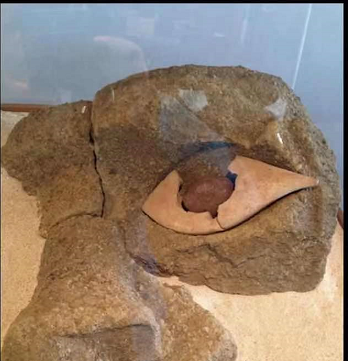
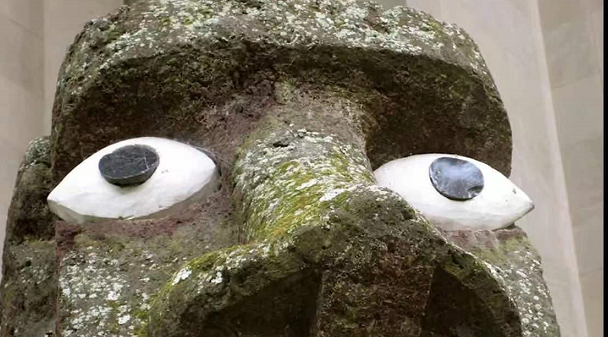
The eyes of the Moai were found to be made of coral, but there is no coral around the island. It is possible that the environment was different in the past, but the specific reasons remain unclear. This is also a mystery, but visually, seeing them standing there gives the impression that a person is standing and looking into the distance, which adds a touch of eeriness.
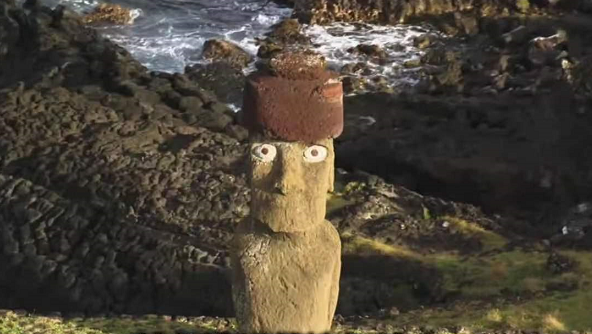
Untranslatable Text
Some artifacts unearthed on the island have inscriptions, and they are quite complete. However, the current residents of the island do not understand the meaning of these hieroglyphs, as there is a lack of cultural transmission and no intersection with other civilizations, making translation impossible.
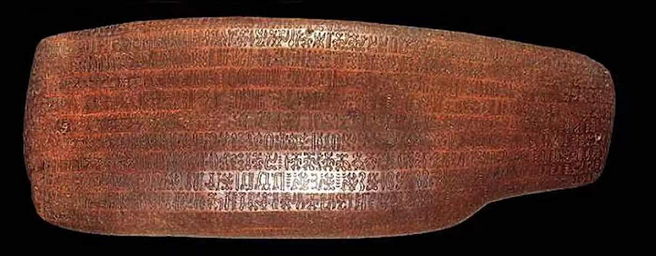
If you look closely, it seems that these inscriptions are more detailed than many other hieroglyphs, densely packed yet neatly arranged.
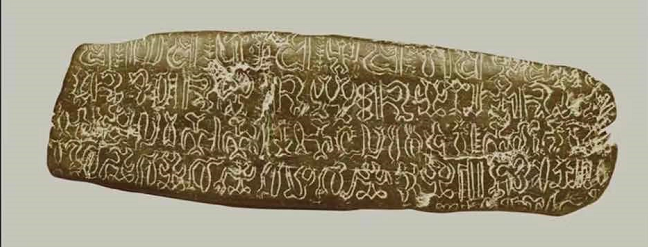
In Conclusion
The Moai statues of Easter Island have never been included in the list of world wonders because their scale is not larger than that of the pyramids, the Great Wall, or Machu Picchu. However, because the entire group of statues is located on an isolated island, the material resources are much scarcer than those of other ancient civilizations, not to mention that the human resources may be 100 times less. Comparing this, creating the group of statues on this small island may have been even more challenging. I hope to visit this place one day, but it is said that due to its isolation, prices are extremely high, with a regular meal costing around 200 RMB...

